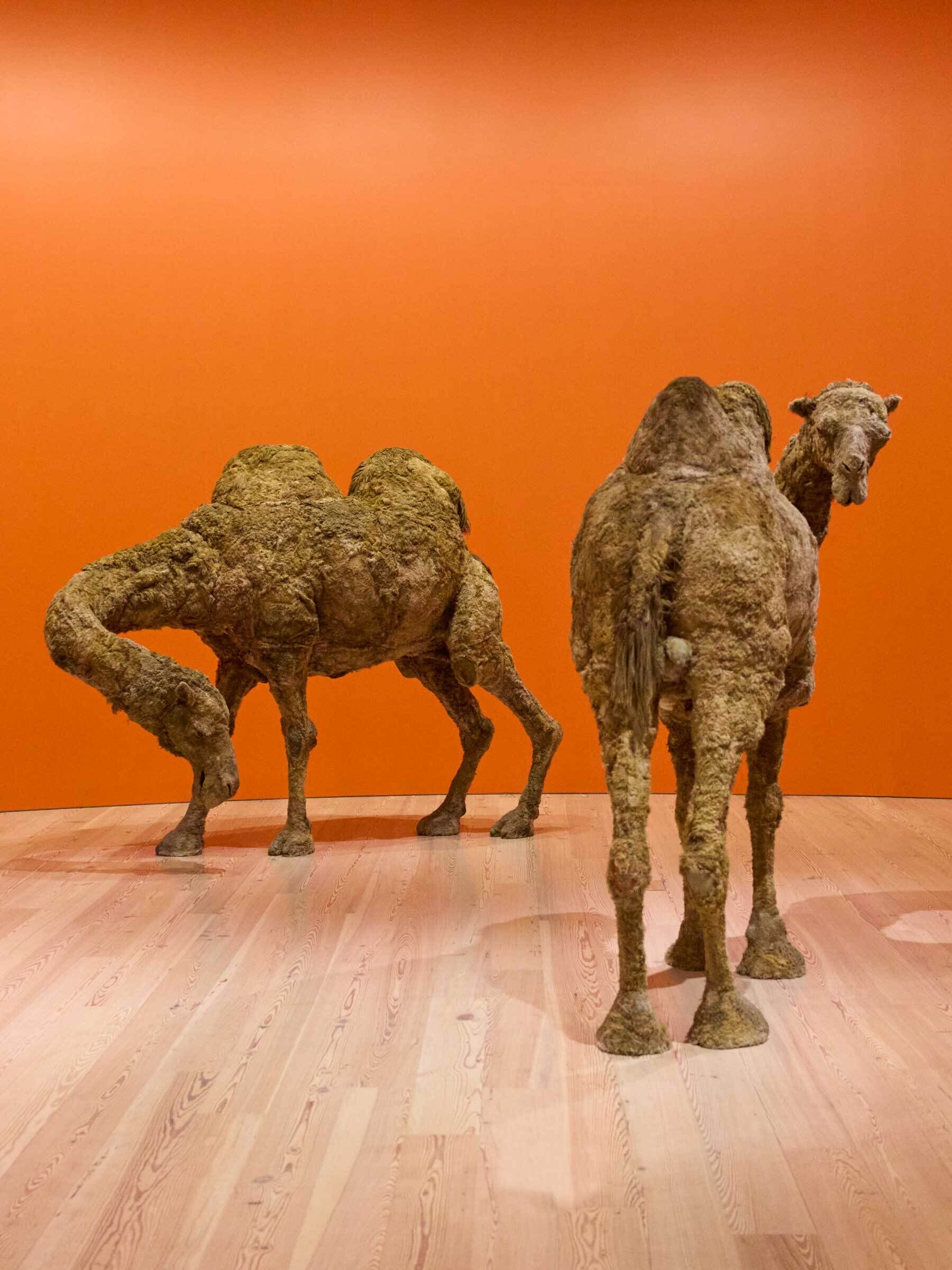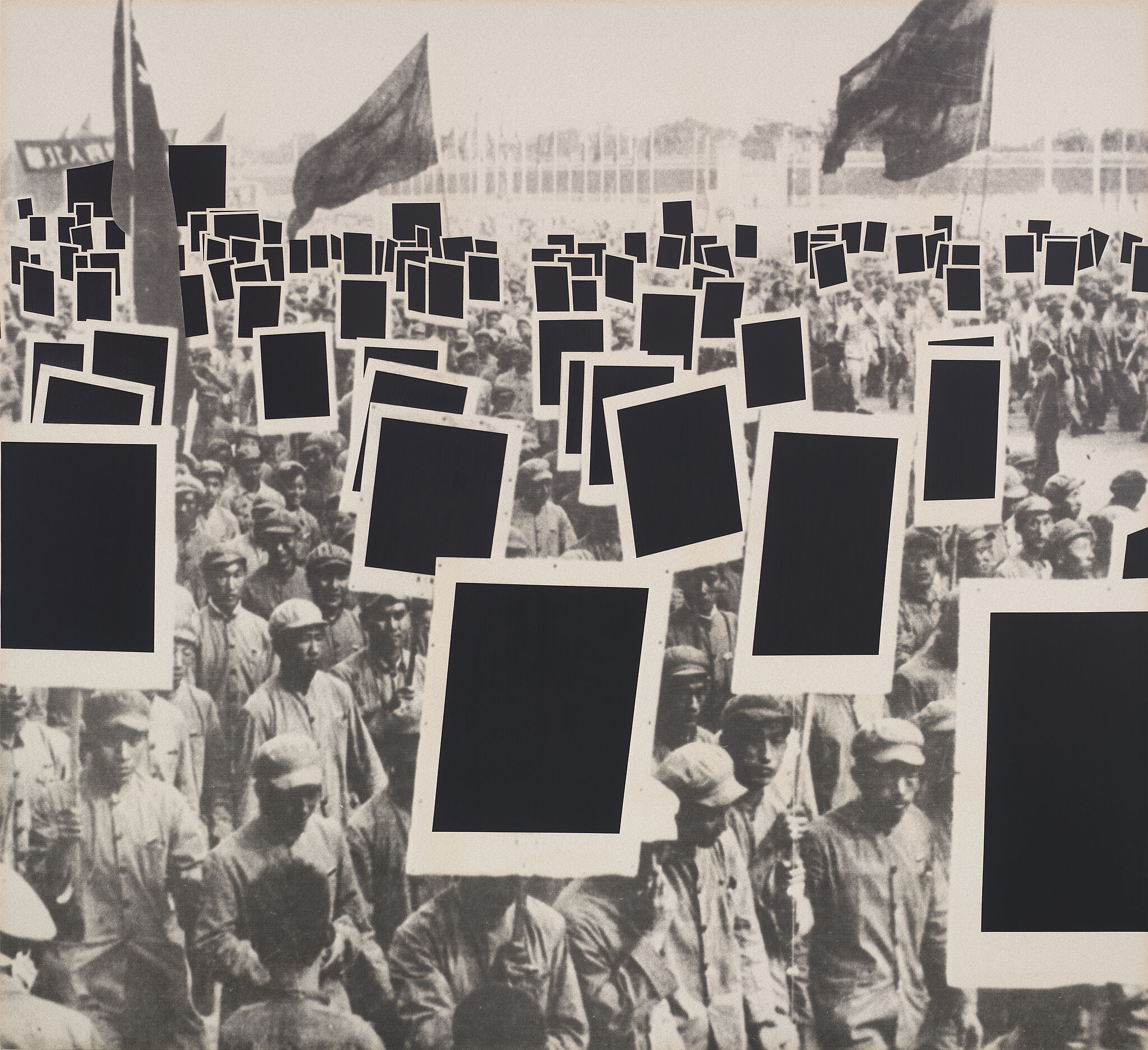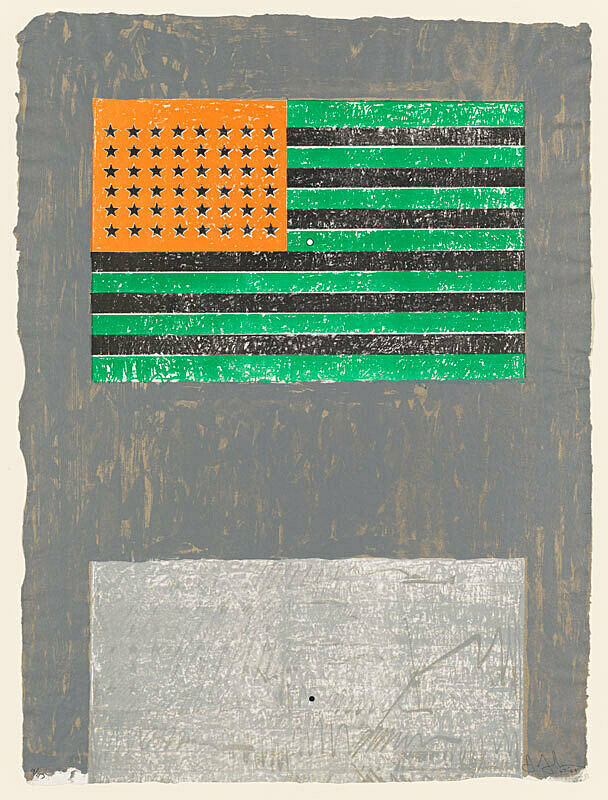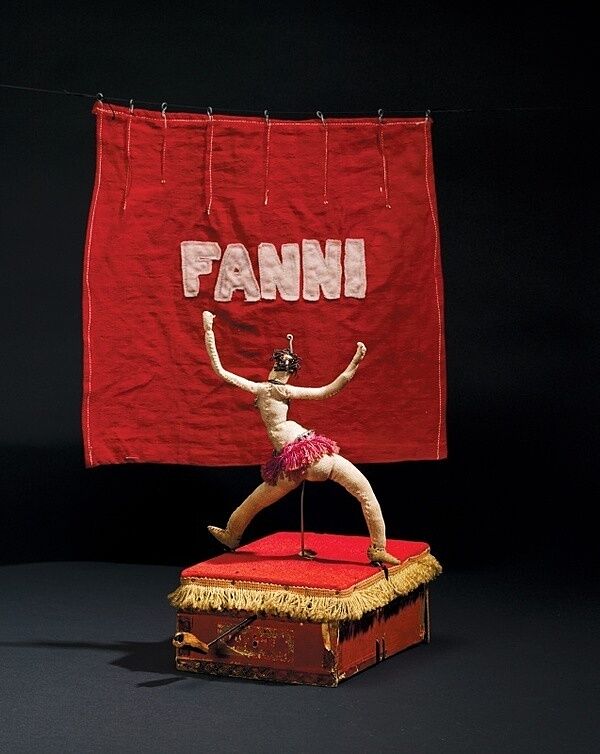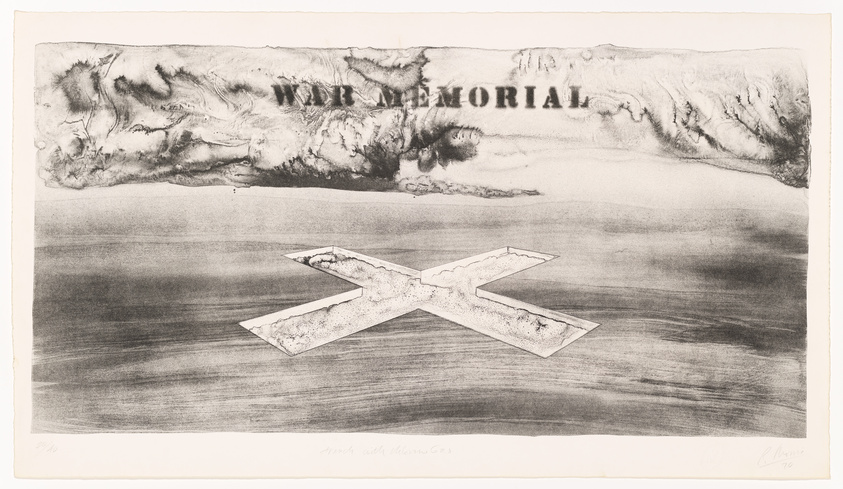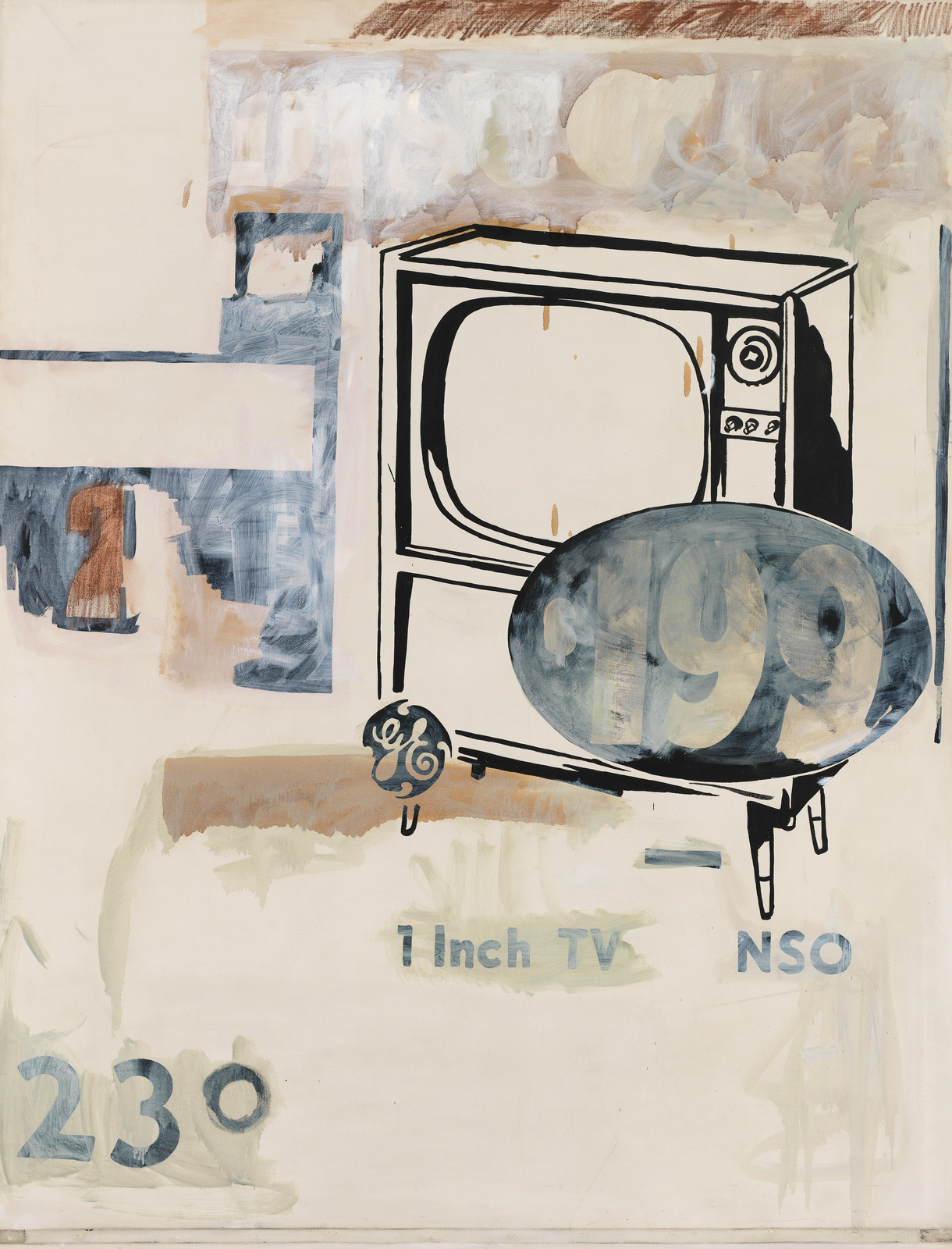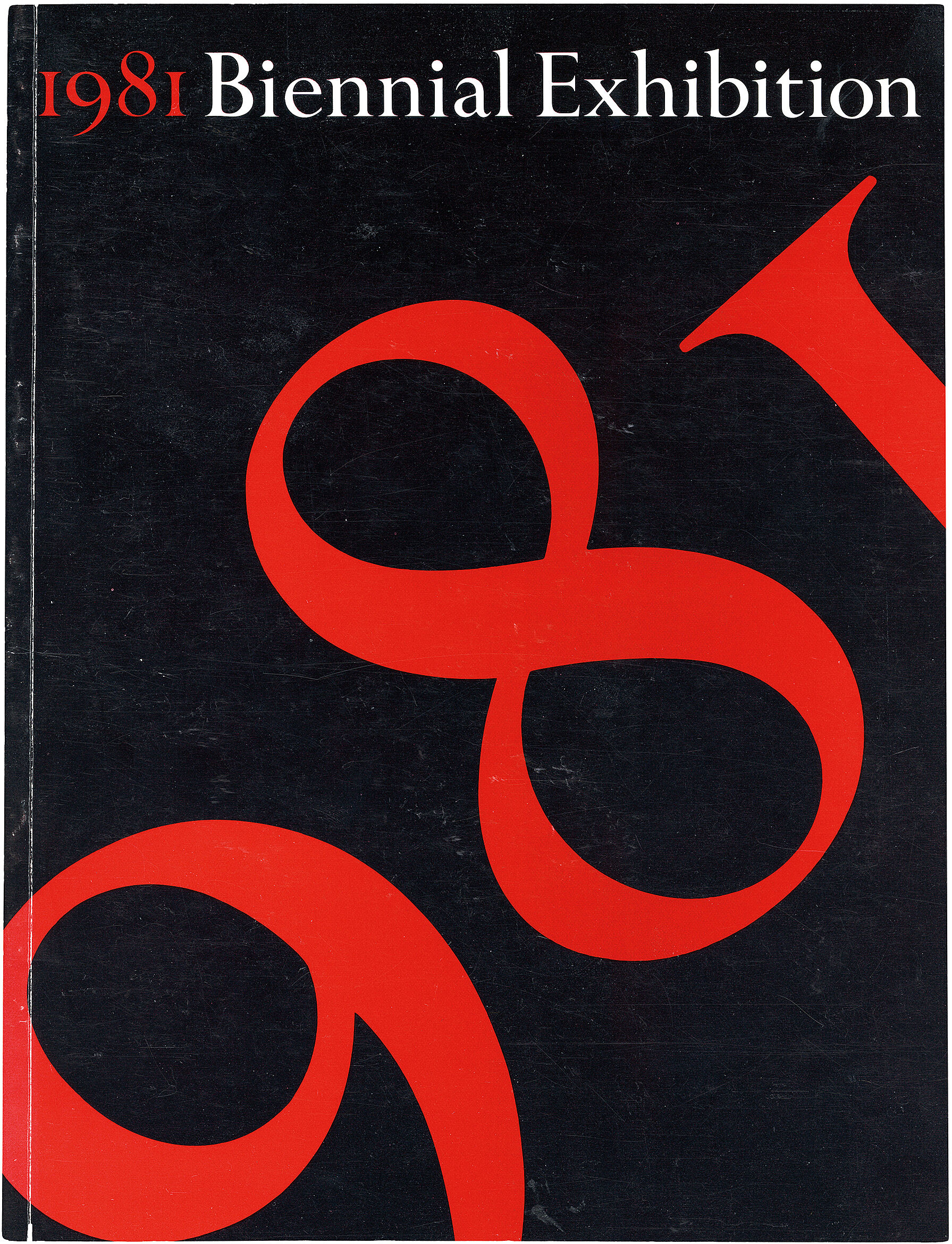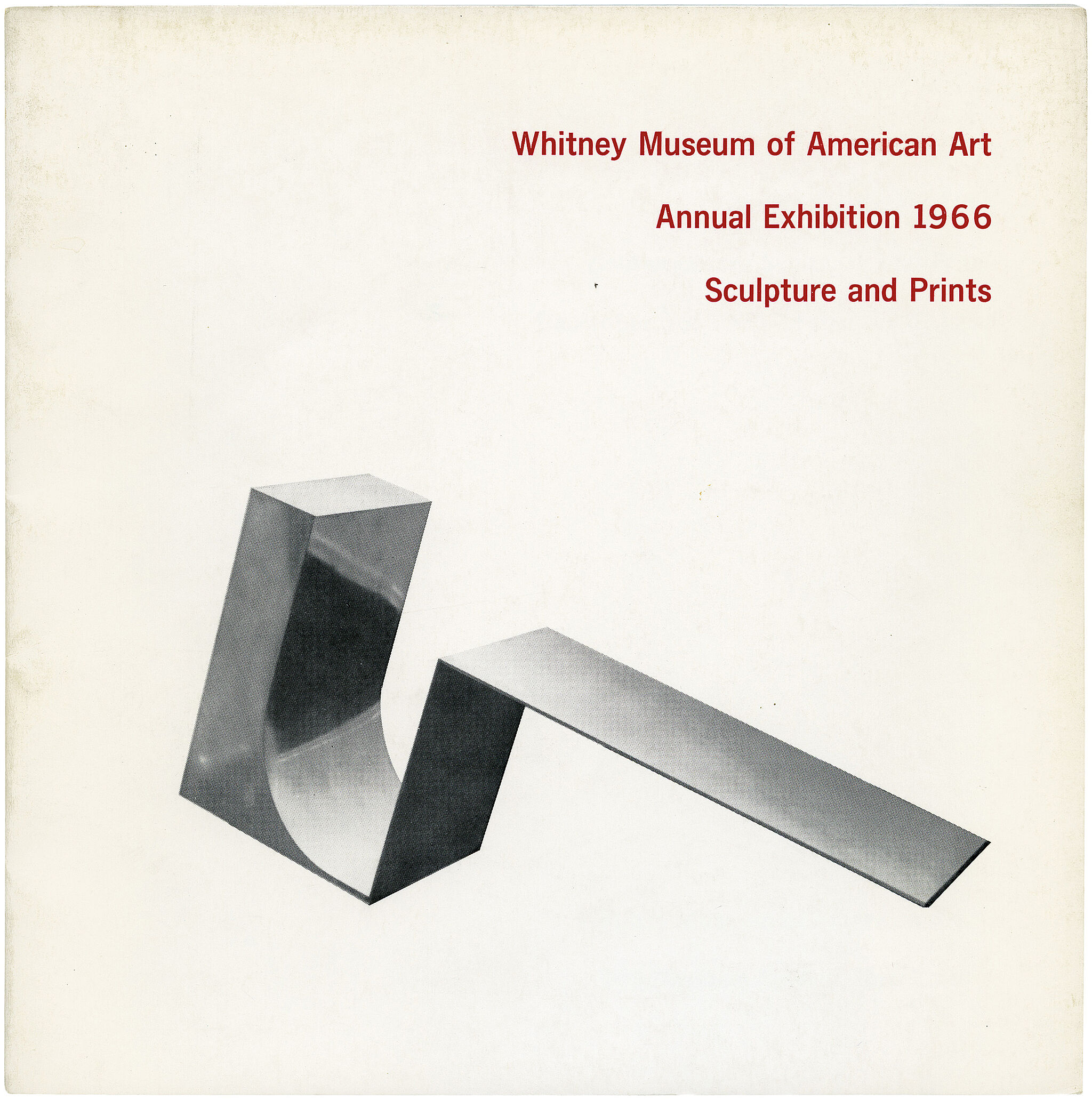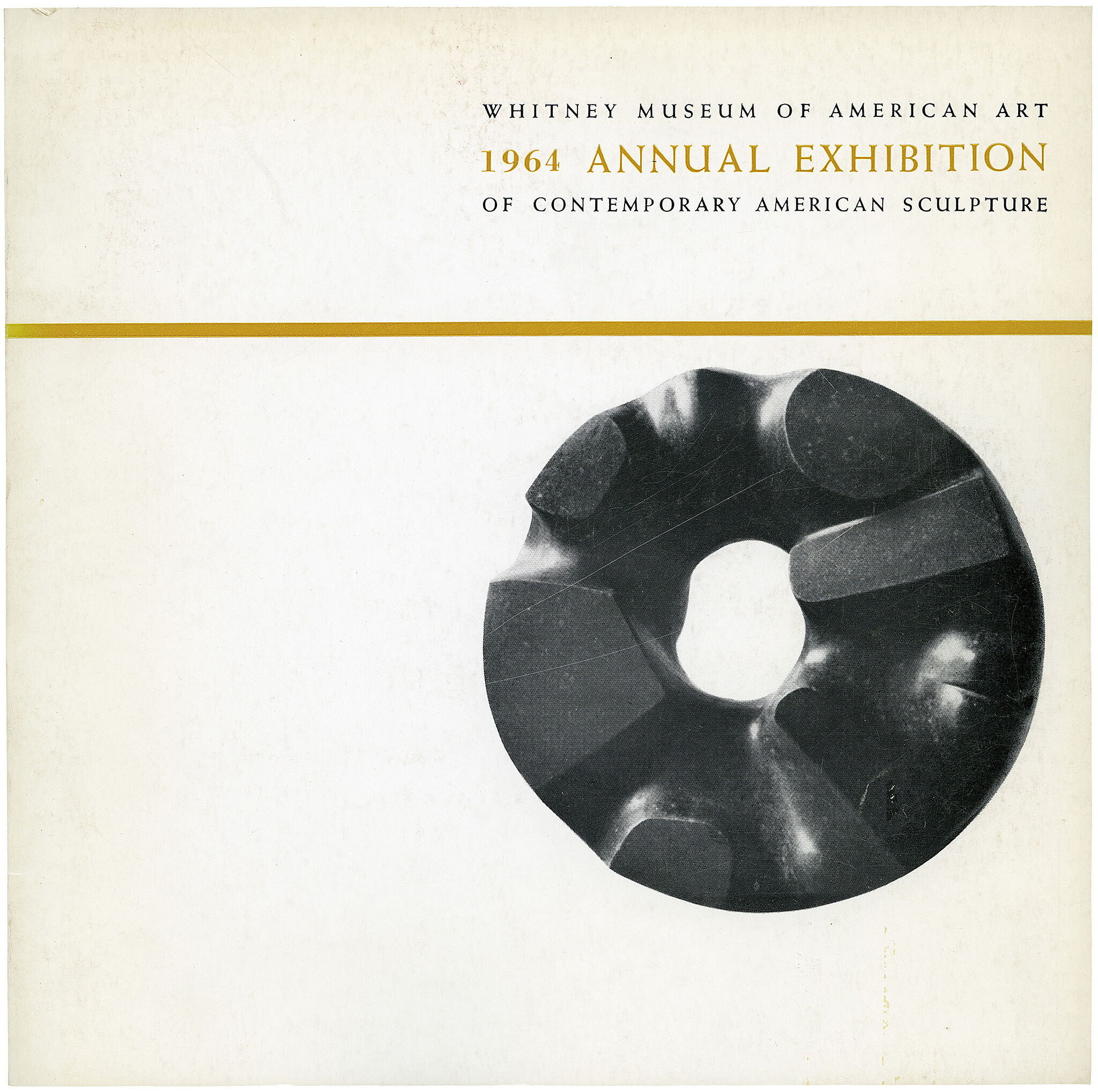Edward Kienholz
1927–1994
In 1953 Edward Kienholz moved to Los Angeles, where he was instrumental in the development of the city’s burgeoning art scene and helped to found the Ferus Gallery, a crucial venue for the nurturing of West Coast assemblage, funk, and Pop art. Kienholz’s early work from the 1950s consisted of relief paintings made by nailing scraps of wood to a support and spreading industrial paint across their surfaces with a broom. By 1958 these developed into freestanding, three-dimensional assemblages and, by 1961, into the large- scale, life-sized sculptural installations he called “tableaux,” for which he is best known. The components of these tableaux were mainly found or discarded materials that the artist scavenged from the street, junk stores, and flea markets—commonplace, even down-at-the-heels elements that nonetheless combined to provide commentary on such significant issues as war, crime, sexuality, religion, and racism.
The Wait, one of Kienholz’s most affecting and morbid tableaux, addresses the subject of aging and the loneliness and decay that can accompany it. Its centerpiece is the figure of an elderly woman, her body shaped from cow bones and her face replaced by a glass jar sporting a photograph of a young visage on the front and an animal skull inside. Photographs on a nearby table and mementos encased in a necklace of glass canning jars offer poignant reminders of earlier, happier times, while the chirping of a live, caged parakeet underscores the decrepitude of the rest of the scene. The woman is alone with her sewing basket and a taxidermic cat; “the wait” named in Kienholz’s title is an anticipation of death.
Introduction
Edward Ralph Kienholz (October 23, 1927 – June 10, 1994) was an American installation artist and assemblage sculptor whose work was highly critical of aspects of modern life. From 1972 onwards, he assembled much of his artwork in close collaboration with his artistic partner and fifth wife, Nancy Reddin Kienholz. Throughout much of their career, the work of the Kienholzes was more appreciated in Europe than in their native United States, though American museums have featured their art more prominently since the 1990s.
Art critic Brian Sewell called Edward Kienholz "the least known, most neglected and forgotten American artist of Jack Kerouac's Beat Generation of the 1950s, a contemporary of the writers Allen Ginsberg, William Burroughs and Norman Mailer, his visual imagery at least as grim, gritty, sordid and depressing as their literary vocabulary".
Wikidata identifier
Q583959
Information from Wikipedia, made available under the Creative Commons Attribution-ShareAlike License . Accessed December 22, 2025.
Country of birth
United States
Roles
Artist, art dealer, assemblage artist, conceptual artist, environmental artist, installation artist, painter, photographer, sculptor
ULAN identifier
500028686
Names
Edward Kienholz, Ed Kienholz
Information from the Getty Research Institute's Union List of Artist Names ® (ULAN), made available under the ODC Attribution License. Accessed December 22, 2025.

